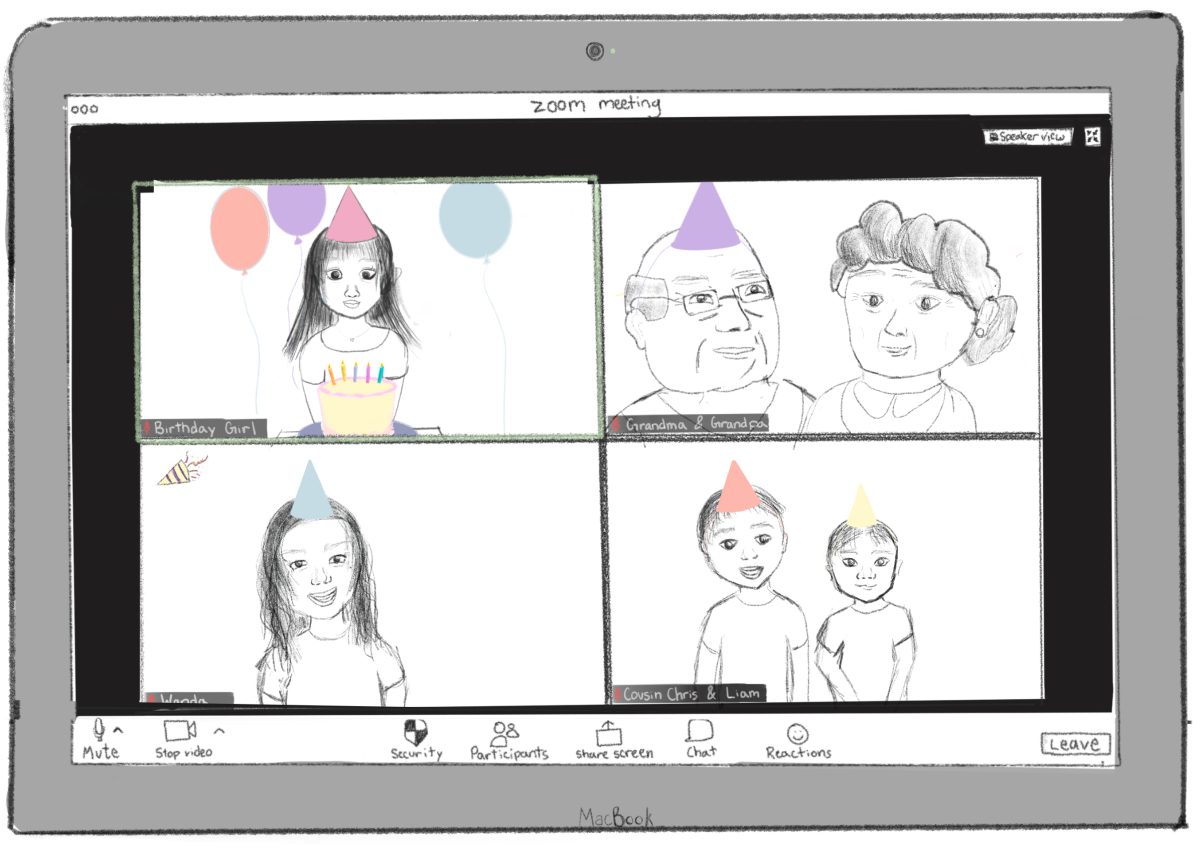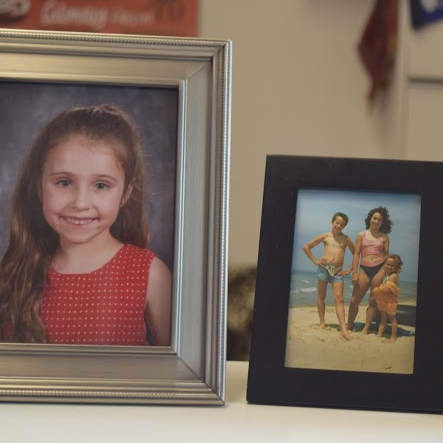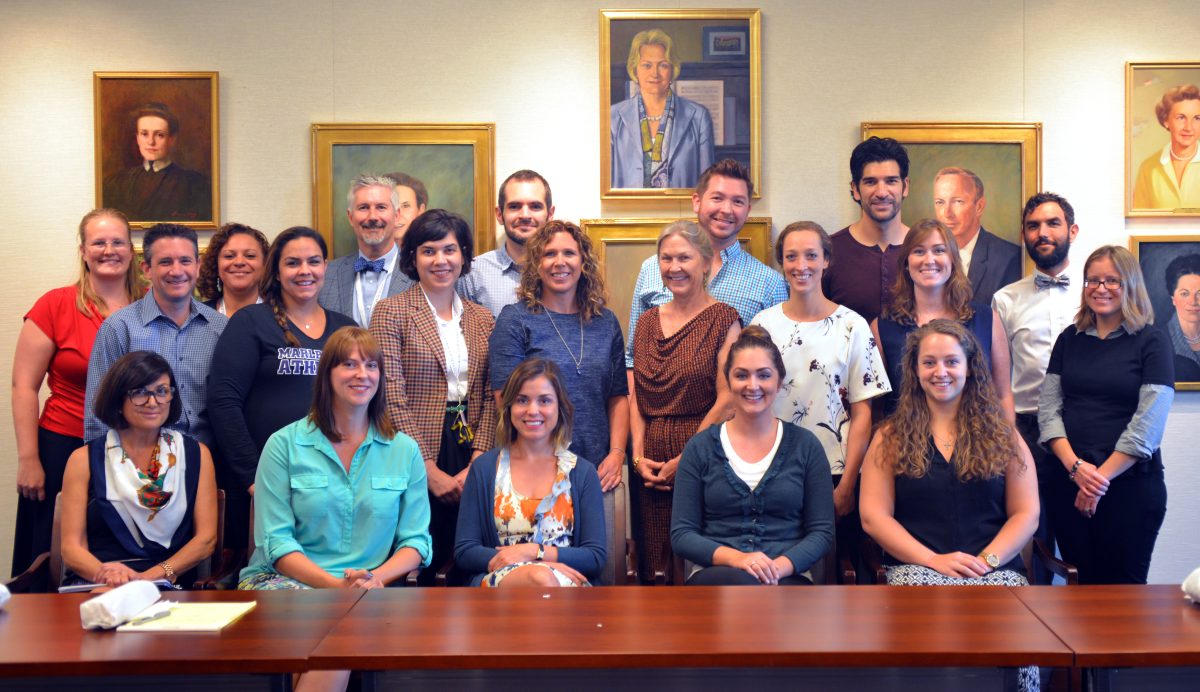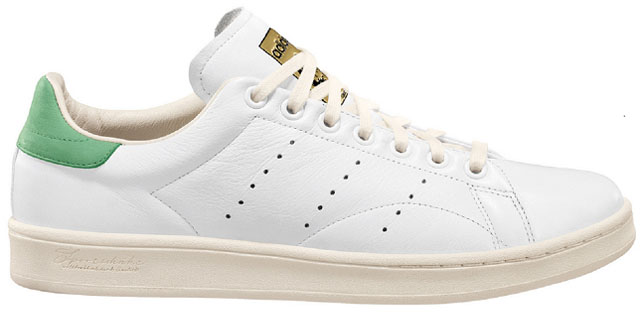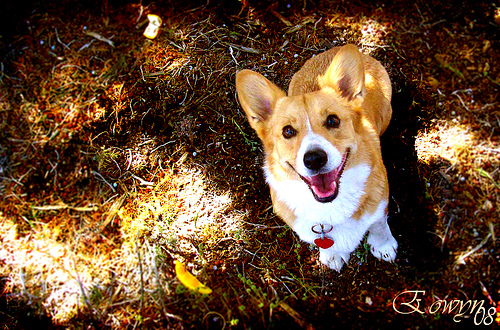
Once, not so long ago, the Internet was ruled by cats. Whole blogs were dedicated to them, and videos of them dominated YouTube. Slowly but surely, however, the cat craze is being replaced by a corgi craze. Short, pointy-eared dogs with docked tails and golden coats, corgis first attained international fame in 1953 when Princess Elizabeth II became Queen Elizabeth II. Perhaps the most famous corgi lover the world has ever known, the queen received her first corgi, Susan, as a gift from her father in 1933 at the age of 14. Currently, she owns two corgis by the names of Willow and Holly, as well as two dorgis (a cross between a dachshund and a corgi). Corgis have come to be seen as the epitome of English posh-ness, even making an appearance in the opening ceremony of the Olympics. The very root of their name evokes a kind of glee; the word “corgi” comes from the Welsh words for “dwarf” and “dog”.
More recently, corgis have taken over the Internet. Blogs upon blogs, all dedicated to corgis, have suddenly surfaced online. YouTube videos with millions of hits, including the notorious corgi flop and kibble dance, as well as the lesser-known but totally adorable tetherball video, have popped up as well. The corgi’s short legs, round eyes, stumpy tails, and eternally smiling mouths lend themselves perfectly to Internet stardom. Several “memes” have risen to infamy in many virtual circles. The corgi industry has proven to be a profitable one as well, with a surprising amount of published corgi books, including Dogzilla, A Courageous Corgi, and the Corgiville Series by notorious corgi lover Tasha Tudor.
Just last week the world of corgi lovers was dealt a sinister blow: The Kennel Club placed the breed on the “at watch” list. This signals a drop in breeding rates, with only 241 dogs having been registered in their native country of England over the past year. If the registration rate does not increase to 300 before the end of the year, the breed will be placed on the vulnerable native-breeds list, comparable to the World Wildlife Federation’s endangered-species list. Reports have blamed the decrease in production on a 2007 law that banned tail docking in Great Britain, a practice that was extremely commonplace in corgi breeding. But there is no need to worry, because these statistics only refer to breeding rates in the breed’s native land, England. Internationally, corgis have never been more popular.




